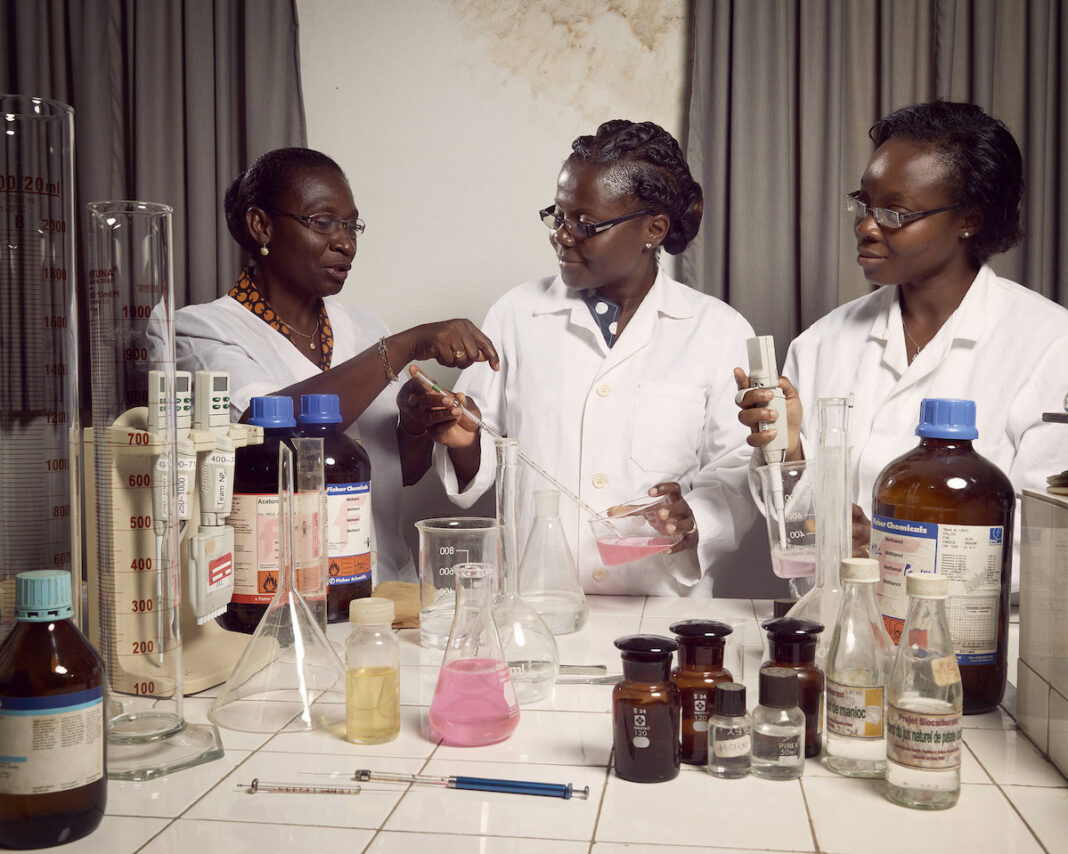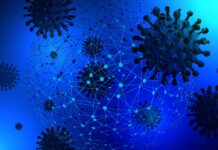The science, technology, engineering, and math (STEM) industry offers a plethora of employment opportunities worldwide. However, the absence of real support for individuals of varied demographics has been identified in recent years, which restricts several people from entering these rewarding arenas. Inclusion in STEM primary consists of identifying, engaging, and inspiring persons with dissimilar characteristics.
STEM inequality studies principally emphasize a single factor, such as gender or race, overlooking intersectionality—the pooled consequence of numerous personal identity features. Traditionally, experiences of white, able-bodied heterosexual males (WAHM) were considered a neutral point, with worse experiences of other groups believed to be an outcome of particular shortcomings rather than the nonexistence of cultural liberties.
A recent study published in Science Advances adds substantial evidence to the discussion on STEM inequality. Erin Cech, an associate professor of sociology at the University of Michigan, surveyed approximately 25,000 STEM experts from 2017 to 2019. Cech and team considered 32 different intersectional groups based on gender, race, disability, and LGBTQ+ characteristics. They analyzed the group’s experiences across several work-life components, which revealed substantial WAHM advantage in all aspects.
Compared with all groups, the privilege relished by WAHM was not merely restricted to a few variables. In its place, Cech recognized that it applied to “an entire spectrum of dissimilar types of workplace experiences,” such as social inclusion, workplace persecution, career openings, remuneration, and the intention of an employee to continue in STEM in the long run.
Her findings demonstrated that scientists and researchers who recognized themselves as a minority group, including individuals of color, individuals with a disability, women, LGBTQ+ scientists, ethnic minorities, and those with more than one of the mentioned identities— are underprivileged and deprived in innumerable ways, compared with their heterosexual, able-bodied, white male counterparts. These scientists of the minority groups obtain less pay and not much professional respect from their colleagues, despite considering differences in their education, work exertion, occupation characteristics, and family duties. For example, the average annual salary for a LGBTQ+ woman from a Native American or Latinx background is $31,879 (£26,047) less than her WAHM colleagues at a similar level.
Despite years of research on STEM inequality, previous researchers have focused on single-axis paradigms. Most survey respondents identified as part of minority groups who desired to leave STEM. Moreover, WAHM employees without disabilities reported experiencing better social inclusion at their workplace than those belonging to other demographic groups. In other words, WAHM without disabilities identified a sense of belonging in their STEM workplace, which was absent in others. This research emphasizes the significance of creating structural and cultural modifications in STEM operations, besides considering employee representation.
References
Cech, E. A. (2022). The intersectional privilege of white able-bodied heterosexual men in STEM. Science Advances, 8(24), eabo1558. https://doi.org/10.1126/sciadv.abo1558
Casad, B. J., Franks, J. E., Garasky, C. E., Kittleman, M. M., Roesler, A. C., Hall, D. Y., & Petzel, Z. W. (2021). Gender inequality in academia: Problems and solutions for women faculty in STEM. Journal of neuroscience research, 99(1), 13-23. https://doi.org/10.1002/jnr.24631
Cech, E. A., & Waidzunas, T. J. (2021). Systemic inequalities for LGBTQ professionals in STEM. Science advances, 7(3), eabe0933. https://doi.org/10.1126/sciadv.abe0933
Riegle-Crumb, C., King, B., & Irizarry, Y. (2019). Does STEM stand out? Examining racial/ethnic gaps in persistence across postsecondary fields. Educational Researcher, 48(3), 133-144. https://doi.org/10.3102%2F0013189X19831006
Featured Photo by Stephan Gladieu / World Bank





